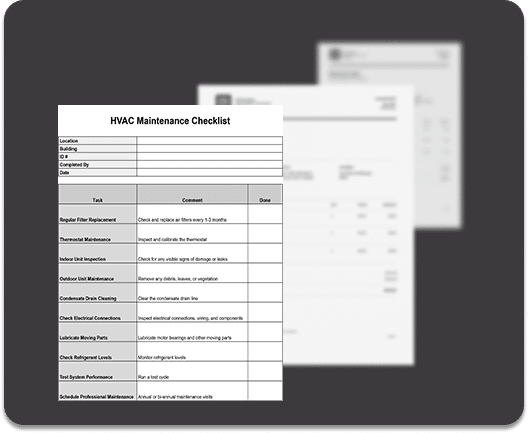Special issue blog series on Transformational Change through Public Policy.
 Sebastian Sewerin, Benjamin Cashore, Michael Howlett
Sebastian Sewerin, Benjamin Cashore, Michael Howlett
The study of major policy change is certainly nothing new in the Policy Sciences. Yet, it seems fair to say that the most prominent contributions to the theorisation of policy change have been more interested in policy change per se, rather than in its direction of travel. Take Peter Hall’s influential study of paradigm change in the UK: The shift in economic policy during the Thatcher government certainly deserves being labelled as paradigmatic but whether it was, from a point of social equality and justice, a ‘good’ change in the ‘right’ direction seems highly questionable.
Today, confronted with accelerating climate change and a tsunami of other environmental crises, scholars, practitioners and the public alike are looking for cues: how can the necessary rapid change in climate and environmental policy be achieved in time? As it is, the Policy Sciences are much better in explaining policy change in retrospect than in formulating forward-looking recommendations about how to achieve major or paradigmatic change. Potentially even worse, existing scholarship emphasizes the importance of external shocks for major or paradigmatic policy change to come about through high-level ideational change in relevant actors’ policy preferences. If that were so, what does this mean for our chances to tackle the climate crisis through ambitious policy intervention? Can these changes only come about when climate change really comes to hit in the next decade or so? That would be a pretty grim scenario …
In our recent Policy & Politics article in the Special Issue on Transformational Change through Public Policy, we discuss the literature’s take on change and identify two gaps in conceptual and theoretical thinking that might hinder the consideration of alternative pathways to major or paradigmatic change: First, a lack of shared understanding of ‘policy change’, i.e., what design elements of a policy are important, how to assess them systematically and what change qualifies as major or paradigmatic. Second, a focus on (changing) policies in isolation rather than on policies as part of complex policy mixes where policies and their effects interact. Against this background, we argue that combining insights from policy design, policy mix and policy feedback literature would allow us to identify other pathways towards policy change. Importantly, from such a perspective, policy change would become an integral part of long-term feedback loops between policy, policy outcomes and subsequent politics.
The main contribution of our article is to propose additional pathways towards major or paradigmatic policy change. We understand paradigmatic policy change as a prerequisite of transformative societal or socio-economic change. Thinking about policy design more systematically, understanding policies as part of more complex policy mixes and considering that policies have real-world effects that feed back into politics helps to identify two distinct pathways: (1) A ‘bottom-up’ pathway where the impact of initial low-level design changes to a policy creates enough feedback for higher-level design changes to occur. (2) A ‘cascading feedback’ pathway where low-level design changes to one policy create enough feedback for higher-level design changes in other policies. We briefly review two cases of policy change in Germany and California that resemble these pathways to highlight how they could play out empirically.
Importantly, these new pathways we propose are an example of applying theories of policy change in a more ‘forward-thinking’ way rather than to explain change retrospectively. Policy designers can aim to achieve policy change through a series of smaller interventions that can accumulate to effect major or paradigmatic change over the longer term.
You can read the original research in Policy & Politics:
Sebastian Sewerin, Benjamin Cashore, Michael Howlett. (2022) New pathways to paradigm change in public policy: combining insights from policy design, mix and feedback Policy & Politics DOI: https://doi.org/10.1332/030557321X16528864819376
Table of contents for special issue on Transformational Change through Public Policy
Introduction to Transformational Change through Public Policy (Oscar Berglund, Claire Dunlop, Elizabeth Koebele and Chris Weible)
The impact of direct democracy on policy change: insights from European citizens’ initiatives (Jale Tosun, Daniel Béland & Yannis Papadopoulos)
The democratic transformation of Public Policy through community activism in Brazil (Rosana de Freitas Boullosa & Janaína Lopes Pereira Peres)
Lessons from policy theories for the pursuit of equity in health, education, and gender policy (Paul Cairney, Emily St Denny, Sean Kippin, Heather Mitchell)
A Future Research Agenda for Transformational Urban Policy Studies (Meghan Joy & Ronald K. Vogel)
Transforming Public Policy with Engaged Scholarship: Better Together (Leah Levac, Alana Cattapan, Tobin LeBlanc Haley, Laura Pin, Ethel Tungohan, & Sarah Marie Wiebe)
When do disasters spark transformative policy change and why? (Daniel Nohrstedt)
New pathways to paradigm change in Public Policy: Combining insights from policy design, mix and feedback (Sebastian Sewerin, Michael Howlett & Benjamin Cashore)
The views and opinions expressed on this blog site are solely those of the original blog post authors and other contributors. These views and opinions do not necessarily represent those of Policy & Politics, the Policy Press and/or any/all contributors to this site.


















